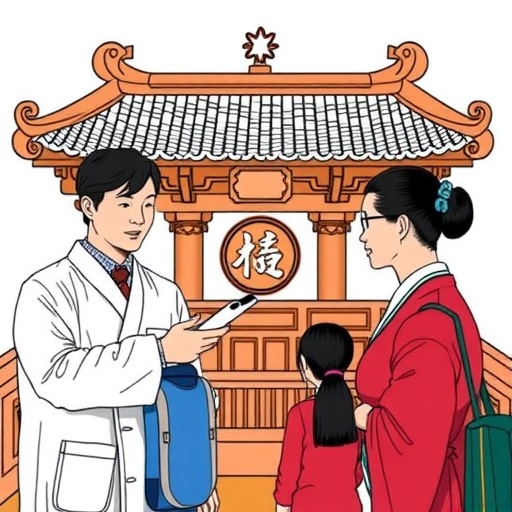From high levels of lead found in school drinking water to industry sites releasing toxic heavy metals into the air, over 40 years of regulations in the United States have failed to protect human and environmental health from toxic chemicals.
In a new paper published in BioScience, Portland State University researchers contend that these failures result from the flawed governance over the continued production, use and disposal of toxic chemicals, and lay out a plan for improved policies.
“We keep trying to mitigate, but it hasn’t been working for 40 years,” said Zbigniew Grabowski, one of the authors and a recent graduate of PSU’s Earth, Environment and Society doctoral program. “We should push for something more visionary — we need a policy framework that goes beyond permitting allowable levels of toxic risk by seeking to eliminate and replace them.”
He said investments need to be made into not only investigating the consequences of toxic substances, but more importantly, finding alternative ways of producing goods and services that don’t generate those toxic substances.
“You could spend multiple careers trying to assess the public costs of toxic lead in drinking water, but why not work in the same lifetime on figuring out how to produce water systems that don’t make people sick?” Grabowski said.
The lead authors, recent doctoral graduates from PSU’s environmental science, public administration and political science programs, looked at toxic chemical governance through five high-profile case studies: lead in school drinking water, heavy metals in industry, sulfur and nitrogen oxides emitted by fossil fuel combustion, BPA in packaging that can leach into food and drinks, and glyphosate, one of the most commonly applied pesticides in the U.S.
The researchers said that too often, toxic chemical risks only become known after enough harm has been done to communities to elicit a social response. The U.S.’s current regulatory processes generally only mitigate or act retroactively rather than proactively.
They highlight four major paths forward:
- Shift thinking around toxic chemicals management from one of mitigating risk to one of eliminating risk.
- Support diverse forms of knowledge. Currently, the knowledge that is used to assess the extent and risk of harm tends to favor industry over public and environmental health advocates.
- Increase the representativeness and transparency of democratic processes, and allow for the direct involvement of affected communities in policy design and implementation.
- Create policies that identify and incentivize ways of producing substances that meet the goals and needs of society without exposing people to toxic chemicals, and invest in the research and education required to support such innovation
###
The paper’s authors are Grabowski, now a postdoctoral researcher at the Cary Institute of Ecosystem Studies; Ariana Chiapella, now a postdoctoral researcher at the University of Vermont; Mary Ann Rozance, now a postdoctoral fellow at the University of Washington’s Northwest Climate Adaptation Science Center; Ashlie Denton, now a researcher at Education Northwest; Manar Alattar, a biology instructor at Portland Community College; and Elise Granek, a professor of environmental science and management in PSU’s College of Liberal Arts and Sciences.
The paper grew out of a graduate seminar that Granek taught. The student authors were fellows in the Ecosystem Services to Support Rapidly Urbanizing Areas Integrative Graduate Education and Research Traineeship, a program supported by the National Science Foundation and PSU’s Institute for Sustainable Solutions.
Media Contact
Zbigniew Grabowski
[email protected]
Related Journal Article
https:/
http://dx.




